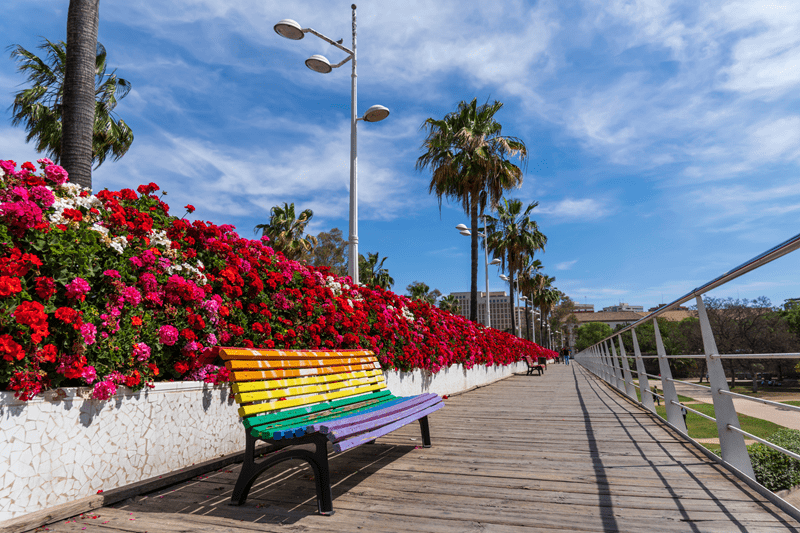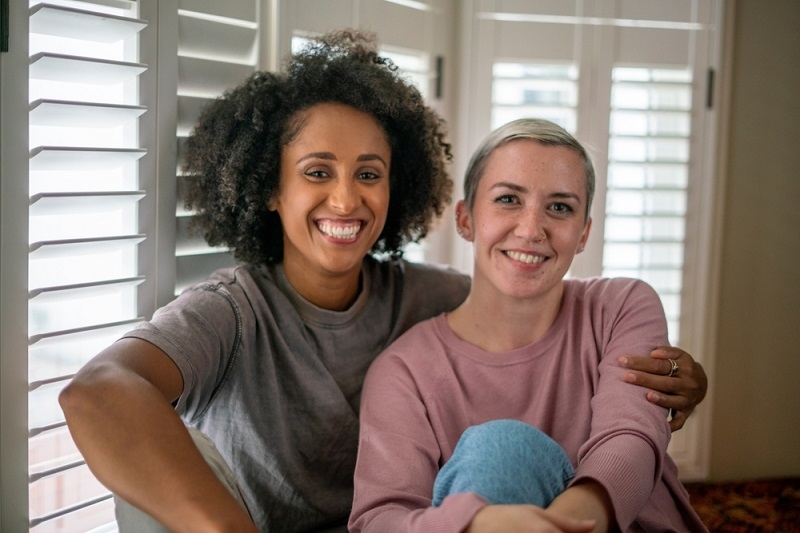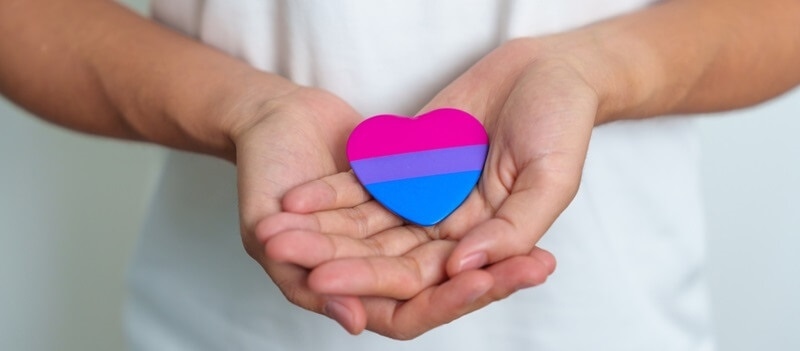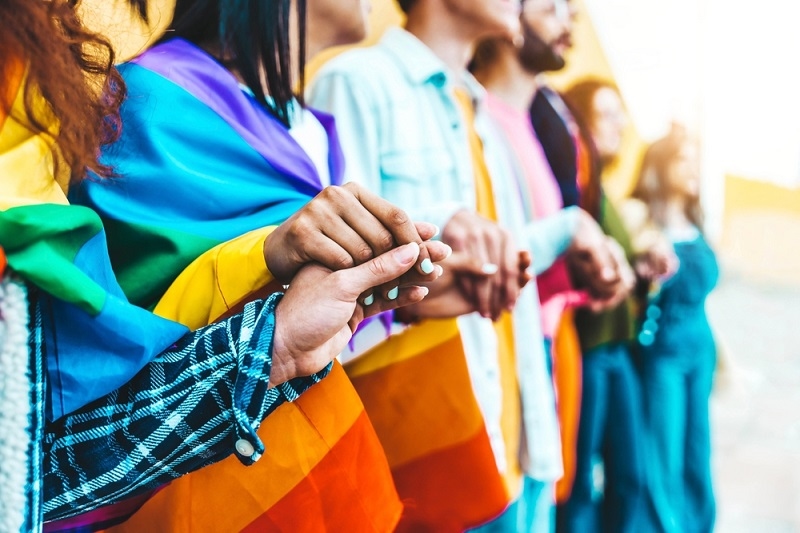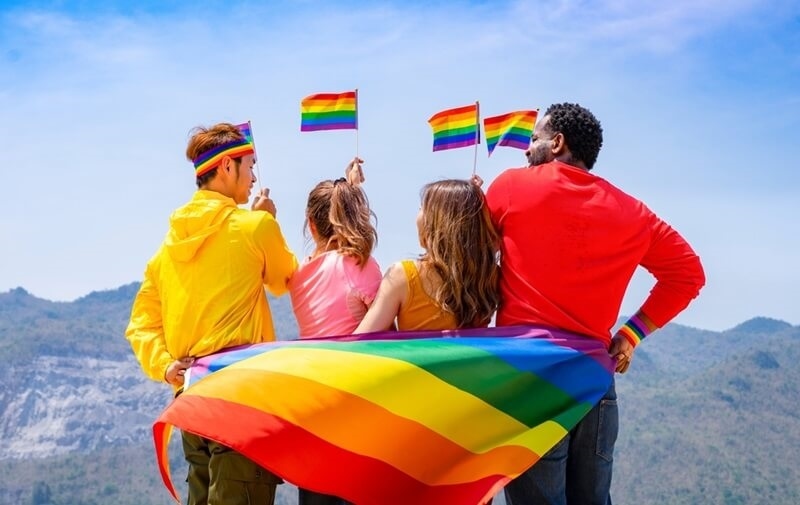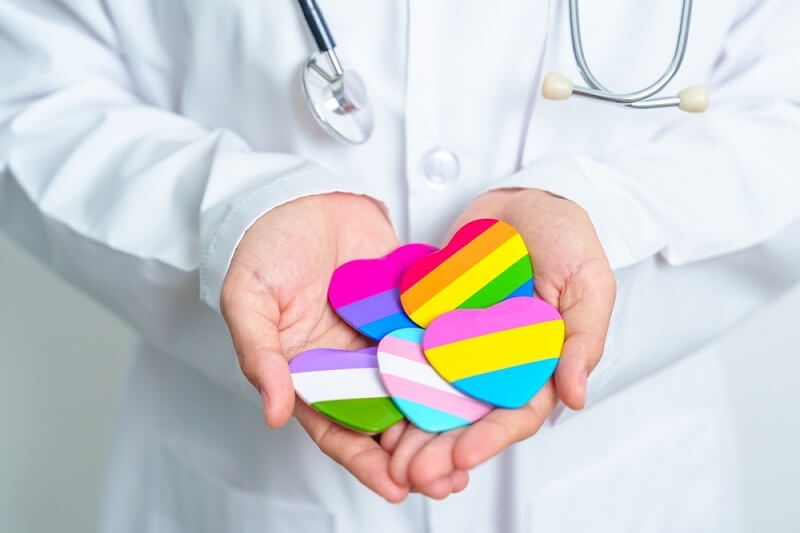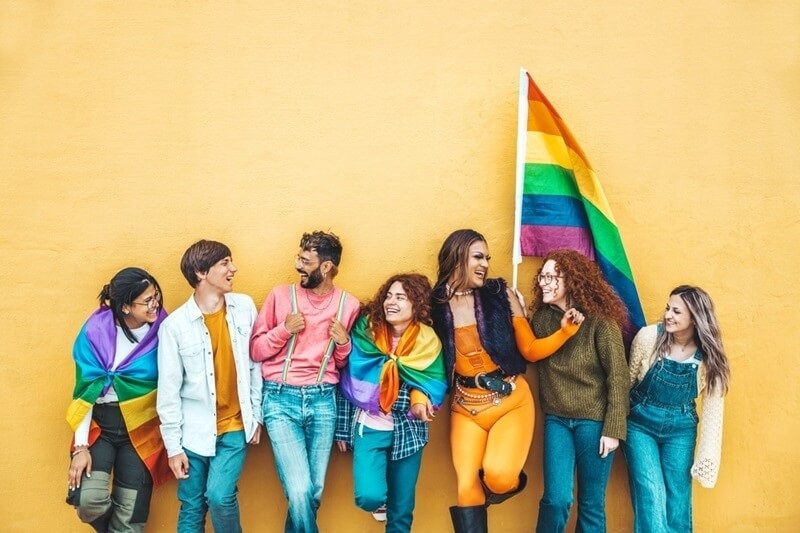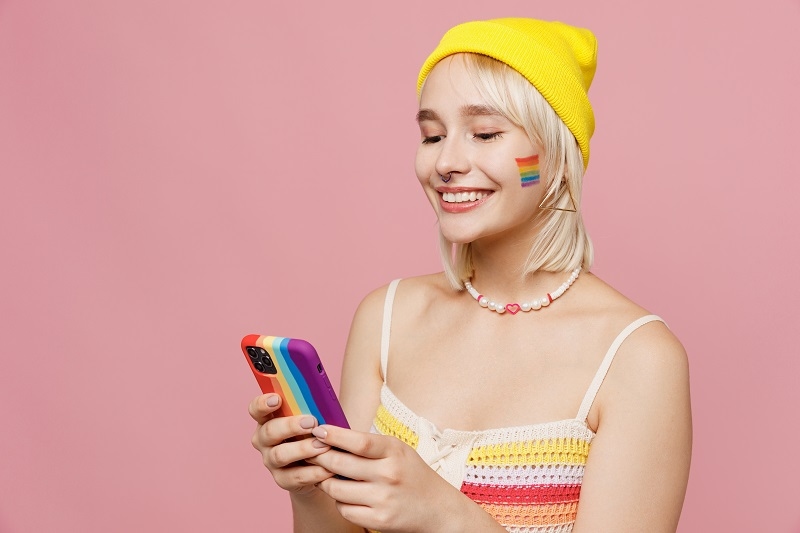Gay Men & Body Image: A Therapist's Path to Body Confidence

Let’s get real for a sec—if you’re a gay man, odds are the words “body image” make you think of shirtless torsos, chiseled abs, or that weird pressure to have a jawline sharp enough to slice through existential dread. If you’ve ever scrolled through Instagram and thought, “Honestly, does every gay male body have to look like a Marvel audition?”—you’re not alone. Spoiler: even the guys posting those photos don’t look like that 24/7.
Here’s the thing: the conversation around gay men and body image is everywhere and nowhere all at once. It’s in the gym, it’s in the club, it’s in your own bathroom mirror on a Monday morning. The struggle is real, but it’s also rarely spoken about in a way that actually helps anyone.
So let’s break the silence, ditch the clichés, and dig into what actually helps. Because if you’re tired of being at war with your reflection, you deserve a better way forward.
Why Is Body Image Such a Big Deal in the Gay Community?
Short answer? There’s no single answer. But let’s get into it.
From the outside, it looks like gay men are supposed to have their lives together—stylish, fit, confident, and always “on.” Pop culture doesn’t help. From “Queer Eye” to that TikTok trend where everyone’s lip-syncing shirtless in Calvin Kleins, there’s a very real sense that being a “successful” gay man means having a perfect body.
But why? In therapy circles, there’s a lot of talk about visibility. For decades, gay men were invisible—hidden, coded, erased. Now that visibility is (thankfully) here, it sometimes comes with a new pressure: to be “seen” in the “right” way. Enter the endless body comparisons, the silent competition, and, yes, the body shame.
Scrolling Into Body Shame: Social Media’s Double-Edged Sword
Let’s get brutally honest—social media is a circus for the gay male body. On one hand, it’s a space for representation, for connecting, for seeing bodies like yours. On the other hand? It can be a minefield of comparison, envy, and not-so-subtle exclusion.
Ever find yourself on a thirst trap scroll, promising you’ll hit the gym harder tomorrow… only to feel more stuck than inspired? You’re not failing. The game is rigged.
What’s wild is that, even as we know all those bodies are filtered, flexed, or even Facetuned, the comparison game never stops. Why? Because it’s about belonging. Wanting to be desired. Wanting to be “enough.” When the algorithms favour a certain look, it’s no wonder so many of us feel invisible if we don’t fit the mould.
Let’s Talk Therapy: Why Mindset Matters More Than Macros
Alright, here’s where things get practical. As a therapist (or if you’re seeing one), you learn that the battle over gay men and body image isn’t really about the body. It’s about the mind.
So, what does therapy actually do for body confidence? It doesn’t hand you a magic diet plan or some 30-day ab challenge. Instead, it invites you to get curious about the voices in your head—the ones that say, “You’re only lovable if you look like that.” It lets you question where those beliefs came from. (Hint: they’re usually older than you think.)
A therapist might ask:
- “Who taught you what an ‘ideal’ body looks like?”
- “What do you want your body to do for you, besides look good in pictures?”
- “How do you talk to yourself when you see your reflection?”
The answers? Not always pretty. But they’re where healing starts.
The Cost of Chasing Perfection: Stories No One Tells
Ask any group of gay men—really ask, not just in a group chat where everyone’s joking about “bulking season”—and you’ll get real stories. Stories about skipping pool parties because you’re embarrassed. About fad diets that turned into full-blown eating disorders. About the deep, secret relief when someone says, “Honestly, I feel the same way.”
In therapy, these stories surface. One client (let’s call him Tom) said he’d diet before every Pride, only to binge afterward, then repeat the cycle. Another, Michael, felt invisible because he was naturally slim, not muscular. “I felt like my body was wrong, either way,” he shared.
Here’s the kicker: Tom and Michael could be anyone. There are no “safe” body types. Body shame comes for everyone, just in different disguises.
Rethinking “Fit”: Health vs. Hype
Let’s get real: “healthy” doesn’t mean “Instagram-ready.” Health is how you feel when you wake up, not just what the mirror says at golden hour. Sometimes, the healthiest thing you can do is unfollow a few accounts. Or skip a workout because your body actually needs rest.
There’s a growing movement among gay men to reclaim fitness on their own terms. Running because it clears your head, not because it’ll shrink your waist. Eating carbs without guilt. Discovering yoga because you love the quiet, not the pose.
Therapists encourage this shift: build habits that support your life, not someone else’s feed. You can be strong, soft, hairy, smooth, big, small—and still be worthy.
Check Out: Queer Comedy Specials You Must Watch for Big Laughs
The Intersection: Race, Age, and More
Here’s a truth bomb: gay men and body image struggles don’t exist in a vacuum. If you’re a person of color, older, trans, or disabled, the pressure multiplies. The “ideal” gay male body is often white, young, and able-bodied. If you don’t see yourself in those images, it’s not you—it’s the culture.
Therapists know that unpacking these layers is crucial. It’s not just about abs. It’s about racism, ageism, and ableism, too. Feeling like an outsider, even in a community that’s supposed to be “your people,” is real—and painful.

Dating, Desire, and the Marketplace of Bodies
Let’s not kid ourselves—dating apps can turn gay men into collectors of rejection, all swipes and silent judgments. Sometimes it feels like if you’re not in the top 10% of “desirable” bodies, you’re invisible.
But you’re not a product. You’re not a commodity. You’re a person with a story.
Some guys find body confidence by taking breaks from the apps. Others use their profiles to celebrate authenticity—posting real, unfiltered photos, talking about interests beyond the gym, or stating boundaries clearly.
A little vulnerability? It goes a long way.
Strategies to Heal Body Shame: Therapist-Backed Tools
So, how do you actually start feeling better about your gay male body? There’s no magic bullet, but here are a few therapist-approved tips that actually help:
1. Curate Your Feed:
Unfollow accounts that make you feel less-than. Follow those that celebrate body diversity—big, small, brown, pale, young, old, every kind of gorgeous. It shifts your inner narrative.
2. Find Community:
Body image thrives on connection. Join groups (online or IRL) where bodies like yours are normalised. Queer sports leagues, support groups, creative circles—wherever you feel seen.
3. Reframe Self-Talk:
Catch the “I hate my body” thoughts. Challenge them. Sometimes, literally saying, “That’s not true—I’m more than my body,” out loud makes a difference.
4. Move for Joy:
Exercise can heal or harm, depending on the why. Run, dance, swim, or hike because you want to, not because you have to.
5. Practice Body Neutrality:
You don’t have to love every inch of yourself every day. Try neutrality: “I have a body. I can take care of it, even if I don’t love how it looks right now.”
6. Seek Professional Support:
There’s no shame in therapy. Sometimes, you need an outside voice to spot the lies you’ve absorbed.
Owning Your Story (Even If It’s Still Unwritten)
Body confidence isn’t about “arriving” at some perfect state. It’s about waking up and deciding, again and again, that you’re worth kindness—right now.
If you’re struggling with body shame, you’re not broken. You’re human. Every scar, every curve, every story matters.
As a therapist once said, “The goal isn’t to love your body every day—it’s to treat it with respect every day.” Start there. And if you mess up? Welcome to the club.
Read More: Signs of a Healthy vs. Toxic LGBTQ+ Relationship: What Is It
Final Thoughts: From Shame to Pride
So, what now? Maybe you start by being honest with yourself. Maybe you try one new thing from the list above. Maybe you just share this with a friend who needs it.
One thing’s for sure: gay men and body image is a topic that’s not going away. But neither are you. And that’s a good thing.
You’re allowed to take up space. You’re allowed to be seen—exactly as you are.
Try this hack and thank me later: Next time you see a “perfect” body online, remember—comparison is the thief of joy. Your story is yours alone. And it’s enough.





